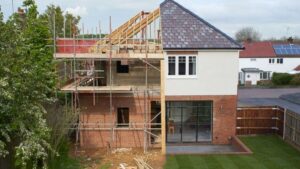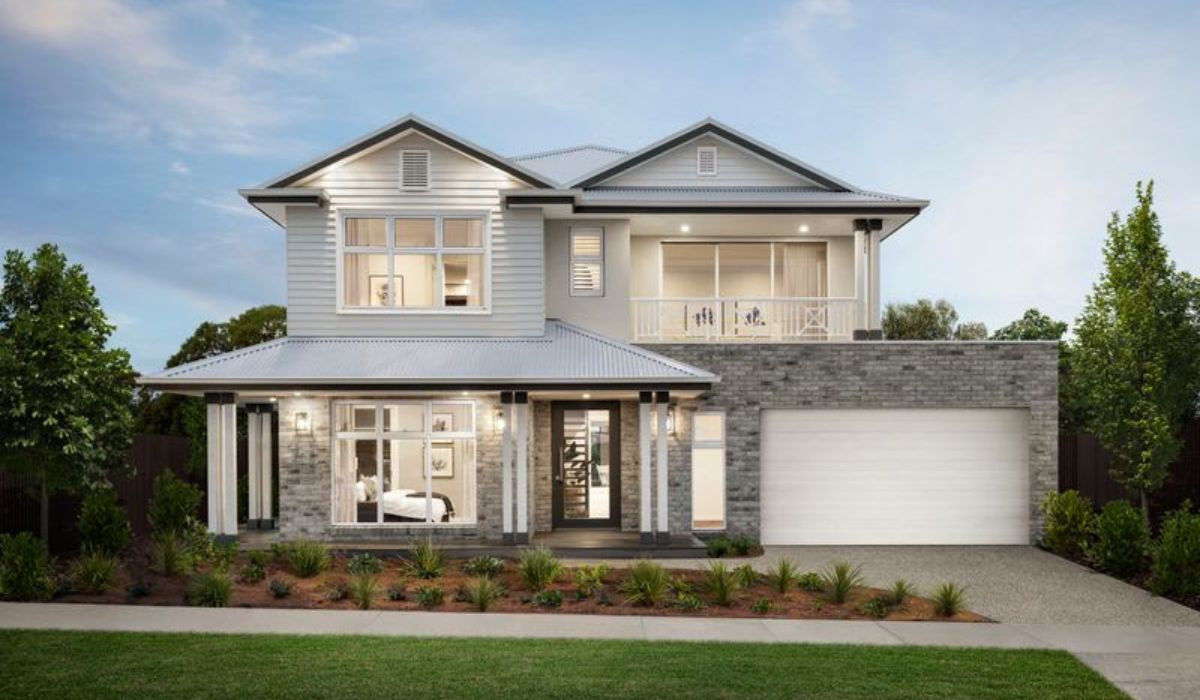Building a house is a significant investment and one of the most complex financial decisions many people will ever make. Understanding the costs involved is crucial for planning and budgeting effectively. This article explores the various factors influencing the cost of building a house, providing a comprehensive breakdown to help you navigate this important endeavor.
Factors Influencing the Cost of Building a House
- Location
The cost of building a house varies significantly depending on the location. Urban areas with higher costs of living typically have higher construction costs compared to rural areas. Factors such as local building codes, labor rates, and the availability of materials also play a role.
- Size and Design
The size and design of the house are primary cost determinants. Larger homes require more materials and labor, resulting in higher costs. Complex designs with custom features, unique architectural elements, and high-end finishes further increase expenses.
- Materials
The choice of materials can greatly impact the overall cost. Standard materials like wood, concrete, and brick are generally less expensive, while high-end materials such as marble, granite, and custom-made fixtures can significantly raise the price. The quality and durability of materials also influence long-term maintenance costs.
- Labor
Labor costs vary based on location, the complexity of the project, and the availability of skilled workers. Hiring experienced contractors and specialized labor can increase costs, but it often ensures higher quality workmanship and fewer issues down the line.
- Permits and Fees
Building permits and fees are mandatory for most construction projects. These costs vary by location and can include zoning permits, environmental impact assessments, and inspections. It’s essential to factor in these expenses during the planning stage.
- Site Preparation
Before construction begins, the site must be prepared. This includes clearing the land, grading, and ensuring proper drainage. If the site has challenging terrain or requires extensive preparation, costs can escalate.
- Utilities and Infrastructure
Connecting the house to utilities such as water, electricity, gas, and sewage systems is another expense to consider. If the site is in a remote location, extending these services can be costly.
- Interior Finishes
The cost of interior finishes varies widely based on personal preferences. Flooring, cabinetry, countertops, paint, and fixtures can range from budget-friendly options to high-end luxury items. Balancing quality and cost is key to staying within budget.
- Landscaping
Landscaping is often overlooked but can add significant value to a property. Costs for landscaping include planting trees, shrubs, grass, and installing irrigation systems. Hardscaping elements like driveways, patios, and walkways also contribute to the overall expense.
- Contingencies
Unexpected issues often arise during construction, such as delays, weather-related problems, or unforeseen complications. Setting aside a contingency budget, typically 10-15% of the total project cost, helps manage these surprises without derailing the entire project.
Average Costs Breakdown

While costs can vary widely, the following breakdown provides an estimate for the average cost to build a house in the United States:
- Foundation: $18,000 – $30,000
- Framing: $35,000 – $55,000
- Exterior Finishes: $30,000 – $45,000
- Major Systems (HVAC, plumbing, electrical): $30,000 – $50,000
- Interior Finishes: $50,000 – $80,000
- Final Steps (driveways, landscaping): $15,000 – $25,000
Overall, the average cost to build a house ranges from $150,000 to $450,000, depending on the factors mentioned above. Custom homes or houses in high-cost areas can exceed $500,000.
Ways to Save Money
- Simplify the Design
Opting for a simpler design can reduce both material and labor costs. Open floor plans and straightforward rooflines are generally less expensive to construct.
- Source Materials Wisely
Shopping around for materials and taking advantage of discounts or sales can lead to significant savings. Reclaimed or recycled materials can also be cost-effective and environmentally friendly.
- DIY Where Possible
Taking on some tasks yourself, such as painting or landscaping, can reduce labor costs. However, it’s essential to recognize your limitations and leave specialized work to professionals.
- Hire a Project Manager
While it may seem counterintuitive, hiring a project manager can save money by ensuring the project stays on schedule and within budget. They can also help navigate permits and coordinate subcontractors effectively.
- Plan for Efficiency
Designing your home with energy efficiency in mind can lead to long-term savings. Incorporating features like proper insulation, energy-efficient windows, and sustainable heating and cooling systems can reduce utility bills.
Conclusion
Building a house is a complex and costly process, but understanding the various factors involved can help you make informed decisions and plan effectively. By considering location, size, materials, labor, permits, site preparation, utilities, interior finishes, landscaping, and contingencies, you can develop a realistic budget and ensure a smoother construction experience. With careful planning and strategic cost-saving measures, you can build your dream home without breaking the bank.
FAQ
Is it Cheaper to Build a Home or Buy One?
Generally, buying an existing home and remodeling it to your preferences is more cost-effective than building a new home from scratch. According to a 2022 report from HomeAdvisor, the savings can range from 5 percent to 10 percent per square foot.
How Can I Finance Building a New Home?
Home construction loans are the most common method for financing the building of a new home. Additionally, you might be able to cover part of the expense using a personal loan, home equity loan, or home equity line of credit.
Is it Cheaper to Buy an Existing Home or Build a New One?
Typically, purchasing an existing home is less expensive than building a new one. New items, whether they are cars, clothes, or houses, generally cost more than their preowned counterparts.
Is $300,000 Enough to Build a House?
Yes, $300,000 is sufficient to build a house. However, you may need to be creative to manage costs effectively. Opting for prefabricated home kits over custom elements and building on a finished lot can significantly reduce expenses. With careful planning, you should be able to construct a two- or three-bedroom home, especially if you choose mid-range appliances, stock cabinets, and other budget-friendly furnishings.









